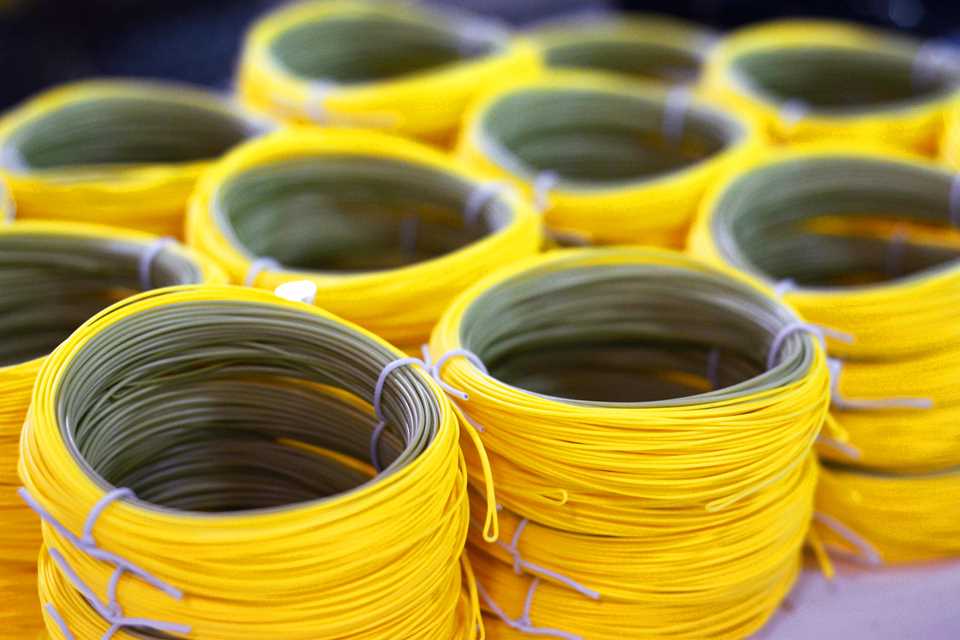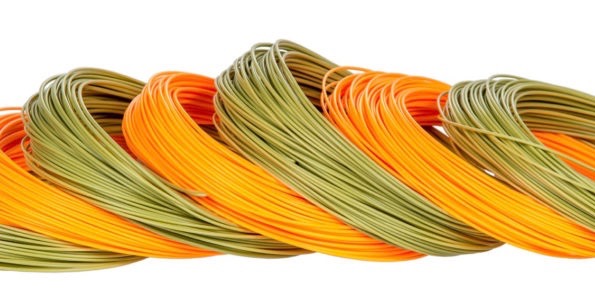On the line
Making sense of the countless options for spooling up fly reels
Advertisement

DENSITY
Floating lines are the best all-around choice for most fly anglers, but the increasing variety of sinking lines is opening up new fly-fishing opportunities in deeper water. The general categories are full-sinking, where the entire line is weighted, and sink-tip, where the first 10 to 15 feet of line sinks, and the rest floats. Full-sinking lines get deepest, but they’re difficult to control in moving water and cumbersome to cast. They’re a good choice in lakes and ponds. Sink-tips don’t get as deep, but they cast and mend easier, and are preferred for river fishing.
Further complicating matters, sinking lines come in a wide range of densities (also called sink rates). They may sink slowly, quickly or anywhere in between. And making things even more complicated, every line company has its own scheme for describing line density. To find the characteristics you want, therefore, you have to comb through the fine print or ask the pro staff at your fly shop to help. With such variety, it’s impossible to suggest an all-purpose sinking line. Instead, pick one based on where and how you’ll be using it, though this can get a little ridiculous. For example, I have somehow accumulated five 8-weight sinking lines.
Advertisement
There is, however, some good news behind this profusion of specialty fly lines. It shows how anglers and tackle makers are working together to stretch the boundaries of what’s possible with a fly rod, targeting new species and pioneering new tactics in the process. So, if I ever go to the Amazon, I’ll definitely cough up $120 for that peacock bass line. To me, it’s the price of progress.

